A feeling of family welcomes you when you walk into the Museum of the Palestinian People in Washington DC. Conversations flow, anecdotes and oral histories echo all around. Walls covered with pictures show faces and legacies that invite connection.
“There are connections that are happening,” says AnaMichele Babyak, social media and development coordinator. “People are coming in, they’re meeting people, and visitors are connecting to each other and the history. And we say that’s very inherent in Palestinian culture: to be met with so much welcome, hospitality, and to be brought together in a space with friends.”
This sense of casualness, conversation, and family is no accident. Bshara Nassar, founder and director of the museum, says the dream of the museum was simple: to tell Palestinian stories and to create a space for people to connect. This dream was first actualized in 2014 when Nassar created the Nakba Museum Project, a traveling exhibit that reached over 50 U.S. venues that featured artwork, maps, photographs, and videos detailing Palestine’s history.
The traveling exhibit has now found a home in Washington DC, in a humble but carefully curated space. As head curator of the museum, Nada Odeh tells me the process of collecting items for their permanent collection, as well as just opening the doors to the museum this summer, came with difficulties.
“Having the museum open was not something easy to be done, especially with financial challenges and starting a space in DC, collecting items to exhibit. It takes courage to do that. People were hesitant, others worried about things politically,” and others simply didn’t know what to expect from a new space, says Odeh.
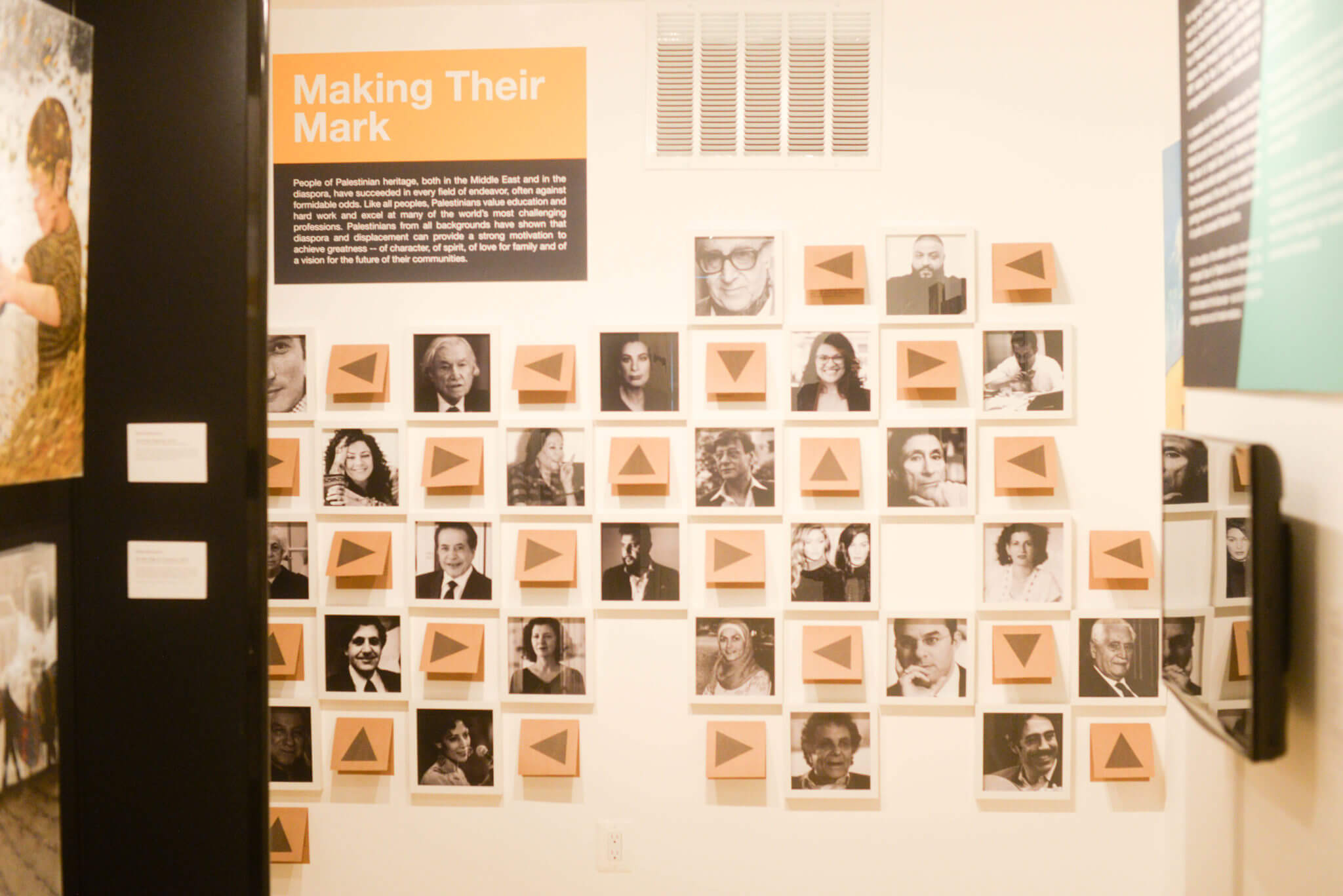
Despite the difficulties, the space has now flourished with art, historical artifacts, and multimedia/interactive displays. Most of what’s displayed was donated from the community, like Mandatory Palestine passports, century-old maps, Palestinian pottery, and other items that assert the long history and existence for Palestine. This is a central theme throughout the museum: asserting identity and existence, and pushing against any attempts at erasing the vibrancy or audacity of Palestinian history.
Some of the first artifacts you see upon entrance are water vases from antiquity, a testament to the enduring significance of water, and access to water, in history. On the wall across from these vases are two proofs of national identity: a National Geographic magazine from 1914 boasts of “Bible Lands and the Cradle of Western Civilization” and “Village Life in the Holy Land.” Both articles are accompanied by maps that show the Ottoman borders of Palestine. The presence of these artifacts subtly challenges constant and historical attempts to dwindle, blur, and outright erase Palestinian identity.
“The heart of this organization is grassroots,” Babyak tells me, discussing the vital role that the community of Palestinians, Palestinian-Americans, and other supporters have played in bringing the museum to life. Within this grassroots heart is the diaspora, whose artwork covers the walls in rotating exhibitions and has played a wonderful role in supporting the museum.
“We have artists who are Palestinian women, Palestinians from refugee camps, Palestinian-Canadian artists, Palestinian-American artists, Palestinians from Gaza, and from Haifa. It’s a variety of voices meant to tell the story that Palestinians have diverse experiences,” she said.
As donations began to pour in, one of Odeh’s most important jobs was making sure items were authentic, ethically sourced, and could arrive intact. With many of the contributing artists unable to travel outside of Palestine, an obstacle created by ongoing Zionist occupation, paintings and artwork were shipped thousands of miles. This is where digital media displays become important, with video recorded performances of Palestinian singer-songwriters in Gaza shown on TV screens and tablets throughout the venue.
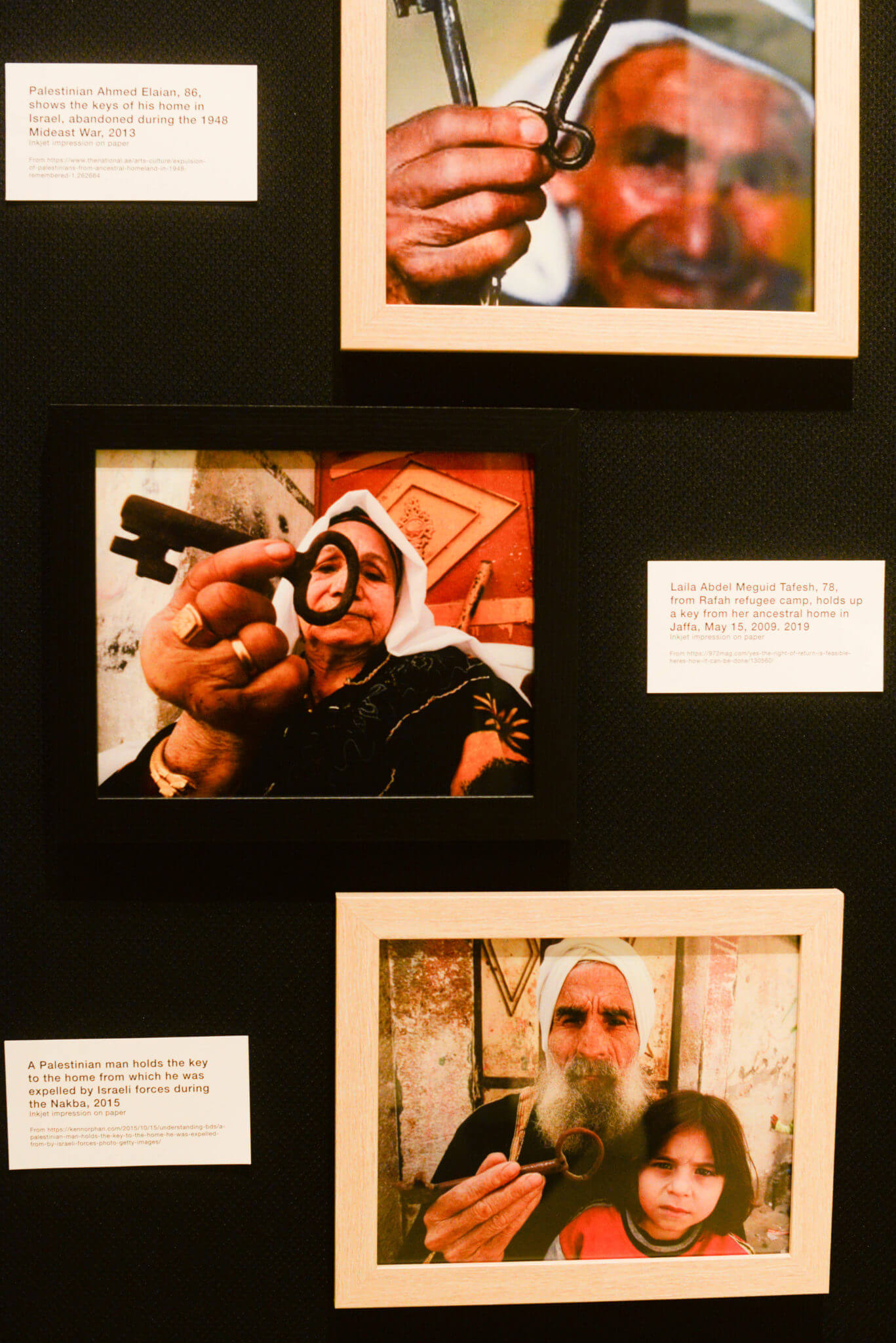
The museum highlights core themes throughout its space: history, culture, the Nakba, and resilience, as does “Re-Imagining the Future,” a current exhibit with a variety of astounding artwork. Throughout each section there’s an inherent political aspect, which Odeh and Babyak tell me is unavoidable given the content.
“If anyone says they’re apolitical, it’s a sign of privilege,” says Babyak. “You can choose whether or not you want to be in a power discourse if you aren’t affected by it, or if power’s in your favor, but for Palestinians, people of color, minorities, that’s not a choice: it’s a lived reality.”
In discussing the political nature of the museum’s content, even if unintentional, Odeh says “Palestinians are facing occupation, living in difficult conditions, it is inherently political. We don’t focus on politics nor are we trying to persuade a specific agenda, but sharing these stories is political.”
Indeed, the political aspect of their very existence is hard to ignore. Images on the walls shows elderly Palestinians holding the keys to their now stolen, fled or destroyed homes, stunning paintings by artist Dalia Elcharbini shows Palestinian children playing on the Israeli apartheid wall, Al-Aqsa University professor and artist Mohammad Mussalam’s Palestinian passport mosaics form a global diaspora, and documentaries detailing the experiences of political prisoner and international icon of resistance Ahed Tamimi all appear extremely political to most outsiders.
Still, they insist, the goal is to share stories, start conversations, and be a space where community can flourish and thrive. In the future they hope to connect with more local organizations and museums in DC, host educational events and workshops, and continue growing the grassroots sense of family which has brought them this far.
“We hope to have a bigger space one day, and we want to have an opinion on what can be done in the future,” Odeh passionately tells me. “I think museums can be part of the solution, discussing political things and humanitarian causes. They’re becoming part of solutions for any conflict, and I hope we can continue to do this, reflecting what’s going on in the world and being truthful with everyone.”
The Museum of the Palestinian People in Washington DC is open Thursday through Saturday from 12 p.m. to 6 p.m. You can visit their website here, or find them on Facebook.
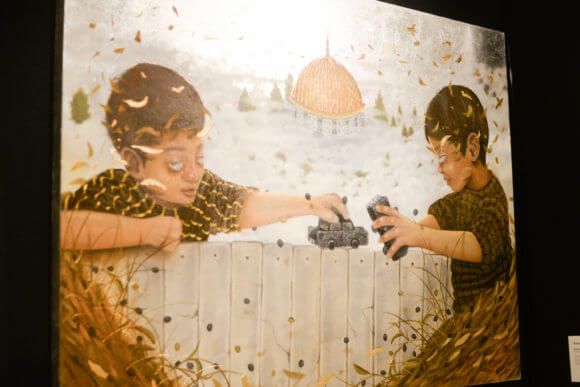
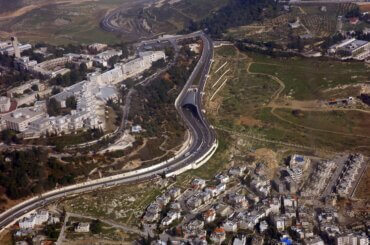
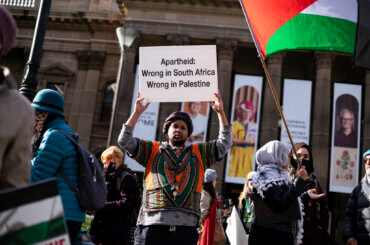
By your definition, Jews were Palestinians long before any Muslim was. As Jews have always lived in the region, from Tzfat, Tiberious, Haifa, Jerusalem, Petach Tikva etc, Jews are the original Palestinians. No other manipulation of the facts holds water. Lets see all the written material how the Arabs viewed themselves as Palestinians. I’ll save you the effort, there is none because they never did. Until recent history that is. The Museum should feature Jews in a big way but does not.
Thanks for this article. I went to the museum site and was impressed enough to leave a nice contribution. Hope others here are inspired to do the same.
Emet’s denying that Palestine/Palestinians exist/existed and by extension denying the Nakba is no different than Holocaust denial and should not be permitted here.